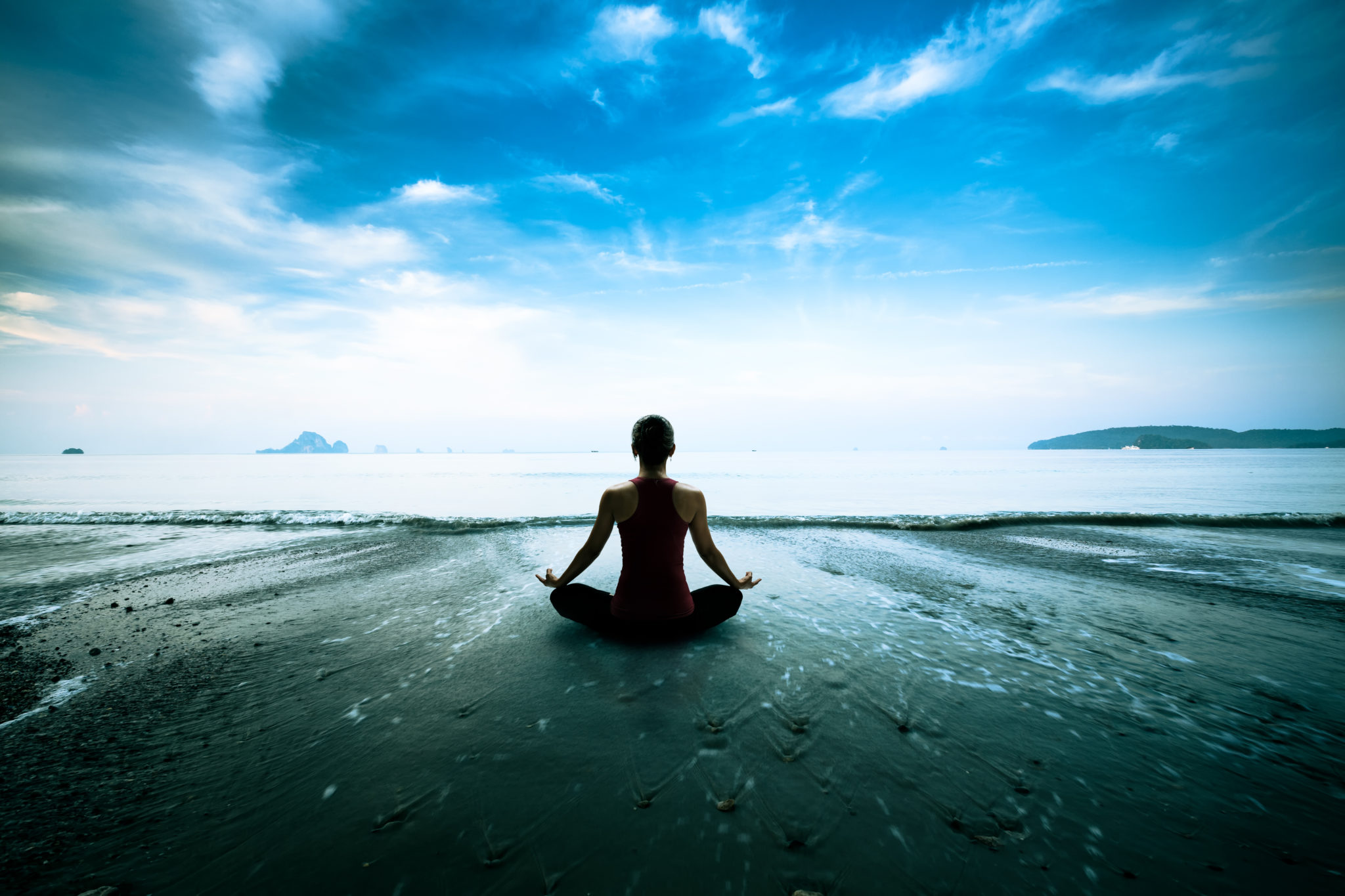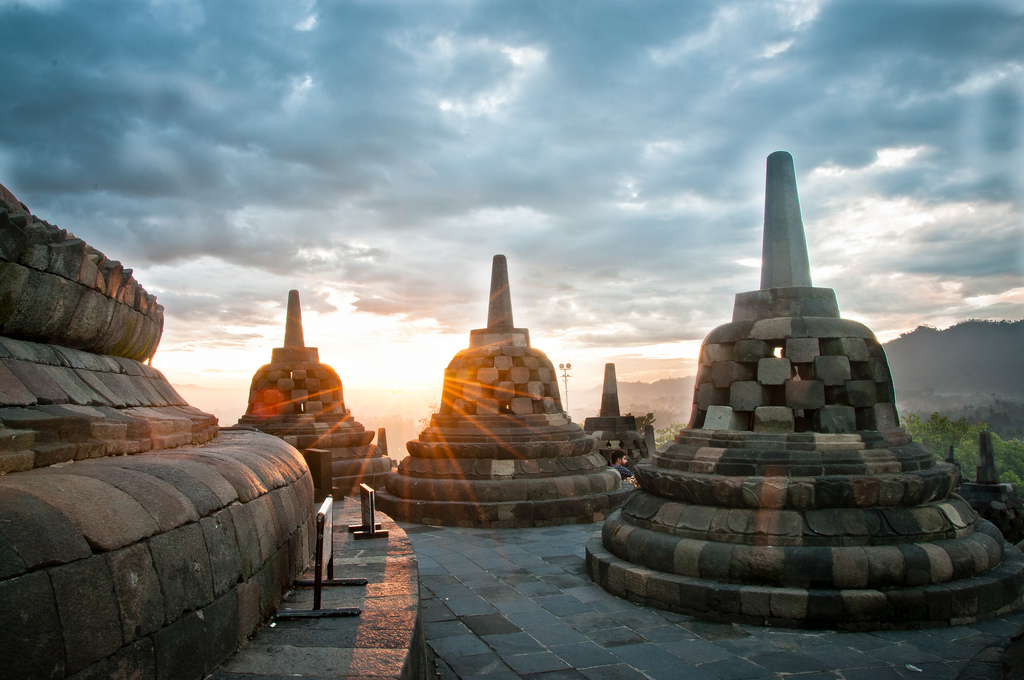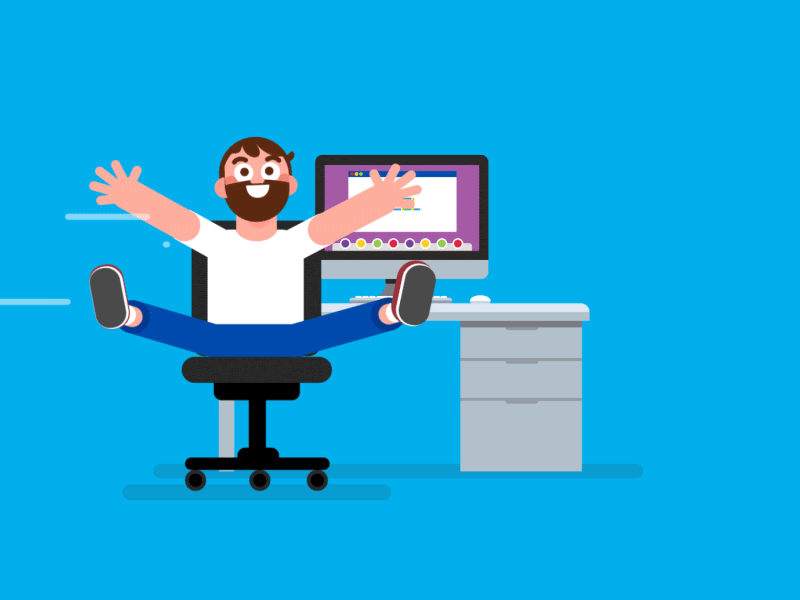3 min to read
How to Meditate - Beginner's Guide
Just 10 minutes of meditation a day can have huge physical and mental benefits.

Meditation - Best exercise for keeping a healthy mind.
Just 10 minutes of meditation a day can have huge physical and mental benefits.
Today in this very short post I will try to guide you to meditation - how to do it.
The whole purpose of meditation is to keep your mind blank, not thinking of anything at all, just peace and blank. This might seem easy at first but believe me, your mind will wander, a lot.
Try to follow these when you are a beginner in meditation.
1. Pick a spot
The spot you pick should be quiet with no distractions. This can be your bedroom, diningroom, even your chair, bed or floor. For the environment to be quiet do it either early in the morning and/or before bed.
2. Set a time
First when you are a beginner in meditation, you don’t know how much time has passed (you have to be really expert to tell passed time during meditation), and you will try to look at watch to check how much time has passed and believe me - Time will pass very slowly during meditation. To overcome this problem first decide for how much time you want to meditate - let’s begin with 5 minutes and then we can move up to 10 then 20 minutes as we practive more and more. Then set an alarm for that duration.
3. Posture
Experts can meditate in any position - lying, standing- sometimes on one feet and other impossible stunts but as we are beginners we will do it in sitting position which the the best. Heads up, criss-cross legs, comfortable and relaxed should be our posture.
Also torso should be balanced and spine should be straight. Just feel confortable while sittinf straight and can keep your hands in your lap.
4. Close your Eyes
This is a very importatnt step - keeps you oout of most of distractions. Also try to wear something very comfortable - nothing formal.
5. Pick an anchor
This is the thing you will need most. Anchor is basically what we use to point our attention at whenver our mind wanders. Anchor can be anything - breating, a mantra, counting numbers in loop. For beginners though, I prefer you to chose your breathe as anchor and notice every body movements with it - movement of ribs and lungs, flow of air through wind pipe and into lungs and out.
Conclusion
The main aim of meditation to calm down, release stress, slowing your mind running at 100 kmph down to 10 something. While meditating, your mind will wander - you will think about what you should be doing, what you should have done at so-and-so situation, all troubles will pop-up, you will feel hungry, there will be itching at places.
The point of meditation is to notice the thoughts, acknowledge them and gently push them away, and in this the anchor you pick will help you greatly.
After You Meditate
When you get up from your meditation, don’t immediately check your email or rush off to your next appointment. Take a moment to stretch, have a glass of water, or take a short walk. Leave your mind at whatever speed it has ended up at.
Happy Meditation :)

